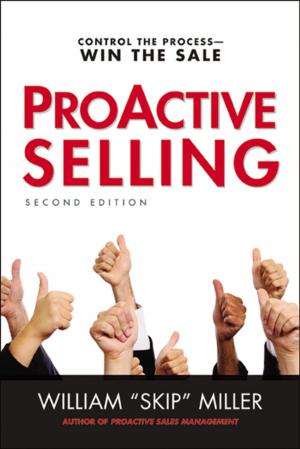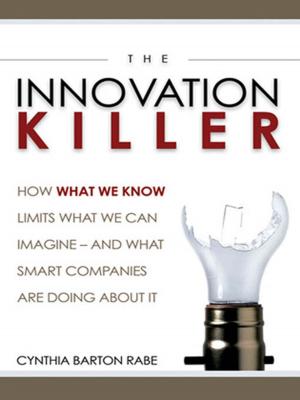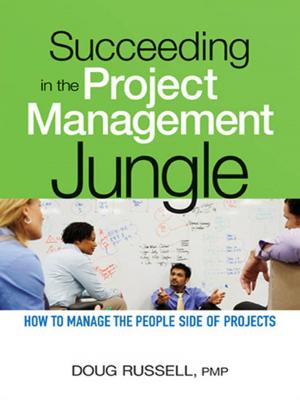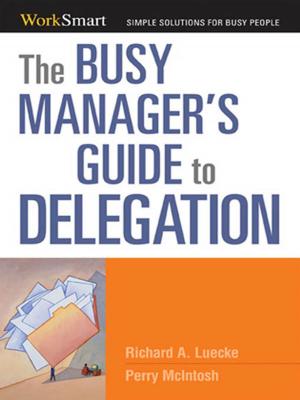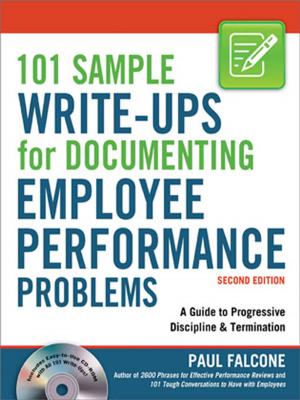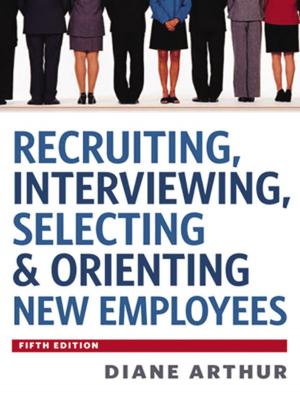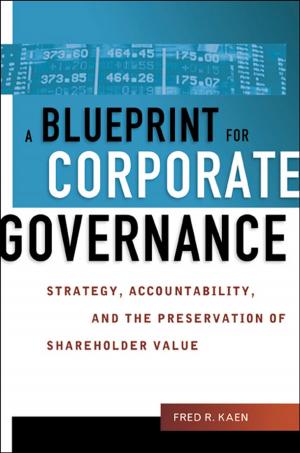Learning for Life
How Continuous Education Will Keep Us Competitive in the Global Knowledge Economy
Business & Finance, Business Reference, Education, Nonfiction, Reference & Language, Education & Teaching, Educational Theory, Educational Reform, Human Resources & Personnel Management| Author: | Jason Wingard, Michelle LAPOINTE | ISBN: | 9780814433645 |
| Publisher: | AMACOM | Publication: | September 16, 2015 |
| Imprint: | AMACOM | Language: | English |
| Author: | Jason Wingard, Michelle LAPOINTE |
| ISBN: | 9780814433645 |
| Publisher: | AMACOM |
| Publication: | September 16, 2015 |
| Imprint: | AMACOM |
| Language: | English |
Today’s global knowledge economy requires individuals and companies alike to quickly adapt to new tools and strategies. To remain competitive, both must continually seek out the latest advancements and developments, and upgrade their skillsets accordingly. In the United States, however, support for ongoing education lags far behind other developed nations, creating a crippling skills gap between the workforce and industries in the US and its global competitors.In a country that has been multiple steps ahead of everyone else since its birth, how did this happen? Why are other countries, previously inferior when it came to technological advancements, suddenly faring markedly better? What keeps our nation’s vast network of corporate training, workforce development, and K-12 and college education so fragmented and inefficient? In the tells-it-like-it-is Learning for Life, readers will learn about:• Why America’s existing educational models are failing employees and employers• The shift in content knowledge toward new ways of thinking and working• Policies and programs that are working in the US and abroad• Recommendations for overhauling our education and training infrastructure and building partnerships between providers and employersThe stakes are too important for America to continue falling behind in its education. But the good news is, the pathways to get us back to the top are there ahead of us. Learning for Life points the way forward.
Today’s global knowledge economy requires individuals and companies alike to quickly adapt to new tools and strategies. To remain competitive, both must continually seek out the latest advancements and developments, and upgrade their skillsets accordingly. In the United States, however, support for ongoing education lags far behind other developed nations, creating a crippling skills gap between the workforce and industries in the US and its global competitors.In a country that has been multiple steps ahead of everyone else since its birth, how did this happen? Why are other countries, previously inferior when it came to technological advancements, suddenly faring markedly better? What keeps our nation’s vast network of corporate training, workforce development, and K-12 and college education so fragmented and inefficient? In the tells-it-like-it-is Learning for Life, readers will learn about:• Why America’s existing educational models are failing employees and employers• The shift in content knowledge toward new ways of thinking and working• Policies and programs that are working in the US and abroad• Recommendations for overhauling our education and training infrastructure and building partnerships between providers and employersThe stakes are too important for America to continue falling behind in its education. But the good news is, the pathways to get us back to the top are there ahead of us. Learning for Life points the way forward.

